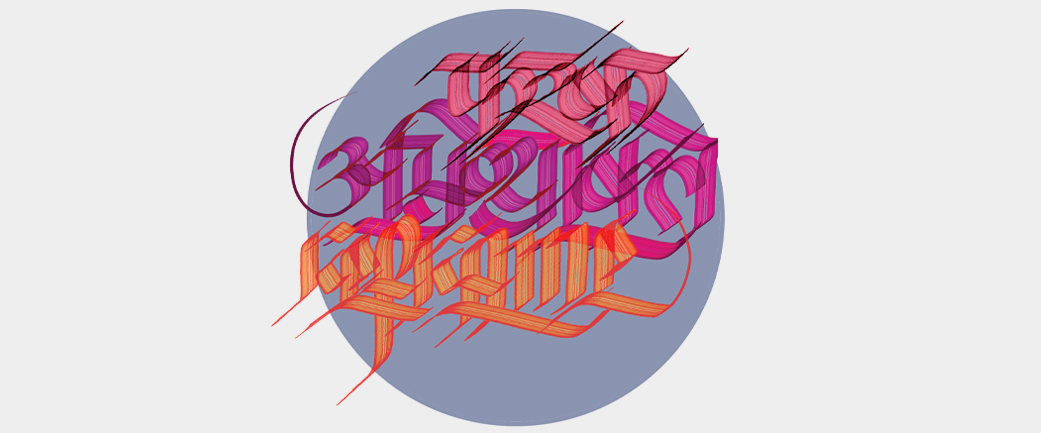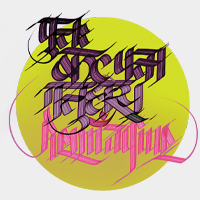
A personal story about a radical shift in perspective
As an anthropologist and ethnographer, Huatse Gyal tells the stories of people whose lives are often overlooked. He was born and raised in a nomadic community in the Amdo region of Tibet, so his story might have easily been lost as well. But Huatse was academically gifted and embarked on what he refers to as an “uncommon” educational trajectory, becoming one of the first in his community to attend boarding school and college. His path was different than most, and it wasn’t always easy. The people around him often discriminated against nomads based on their darker skin and stereotypes of being “backwards” or even “stupid.” Huatse encountered such discrimination in middle school, and as a young person it was hard not to internalize it.
When he began taking classes in anthropology, the concept of cultural relativism—the idea that no culture is better or worse, so there’s no hierarchy of inferiority or superiority—resonated with him. He began to understand how internalizing an externally imposed narrative can lead to harmful consequences and keep us tethered to the past. “This idea of cultural relativism and anthropology really emancipated my way of thinking. That was a moment in my life when I managed to reframe my experience and negative ideas of nomads that made me think there was something wrong with me,” Huatse says. His studies became a way for him to understand his life and commit his research to helping nomads and the Tibetan people. Though he moved to the United States to attend college and graduate school, “going farther and farther away from my homeland,” the Tibetan Plateau remains the focus of his research, as he makes connections between indigenous Tibetan communities and those in other parts of the world.
“My parents were nomads,” Huatse says, “but I’m not a nomad in the sense that I no longer raise animals. My profession is teaching, so I have had to release and update my understanding of what it means to be a nomad.” For Huatse, a nomad, as writer Sherman Alexie said in The Absolutely True Diary of a Part-Time Indian, refers to people who are always in search of good grass and good land for the animals. The lifestyle is not easy, but he sees similarities in what he does now. The commonality is to be resilient. “We need to release our attachment to a past or to a sense of loss at the core of our existence. For me, now going into different countries or being in the United States and teaching is akin to the search for good grass in the sense that, as a scholar and a teacher, I’m trying to find a greener intellectual space where I can flourish and help many students.”
About the Contributors
Dr. Huatse Gyal is an anthropologist, writer, filmmaker, and assistant professor of anthropology at Rice University. His work often focuses on the lands and peoples of Tibet.
Howard Kaplan is an editor and writer who helped found Spiral magazine in 2017. He currently works at the Smithsonian and divides his time between Washington, DC, and New York City.
Image Credit
IMAGINE (a.k.a. Sneha Shrestha) is a Nepali artist who incorporates her native language and the aesthetics of Sanskrit scriptures into her work. Her art has been featured in several exhibitions, and her public walls appear across the world from Kathmandu to Boston. The Museum of Fine Arts, Boston, recently acquired her painting Home416, making her the first contemporary Nepali artist to be part of the museum’s collection. Sneha received her master’s from Harvard University.





